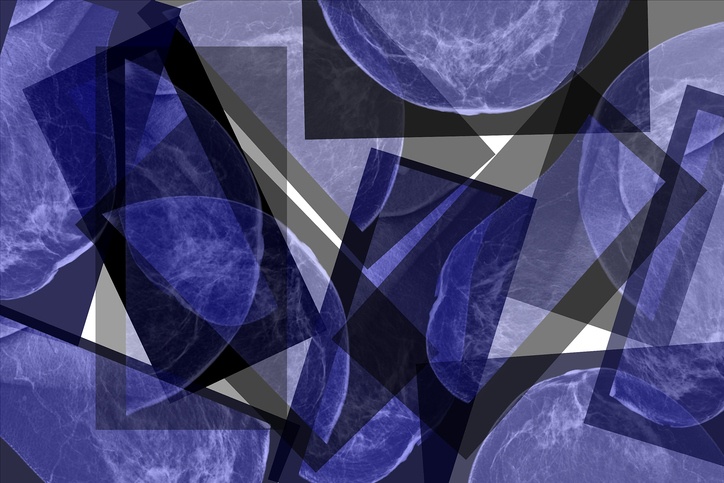
Despite all the attention paid to it, breast cancer continues to be a significant (sometimes fatal) health risk for many women (and some men as well). Emphasis has long been placed on the importance of regular examinations to test for the early signs of breast cancer.
The standard test is the mammogram, an examination that the Society of Breast Imaging, the American Congress of Obstetricians and Gynecologists and the American College of Radiology recommend all women over 40 undergo annually.
Not all mammograms are created equal, however. Studies show that the Genius™ 3D Mammography™ exam has greater accuracy than 2D mammography for women of all ages and breast densities. Genius™ exams detect significantly more breast cancer and reduce callbacks by up to 40% compared to 2D mammography alone. Recently, the Food and Drug Administration deemed this exam to be superior to the standard 2D mammography for routine screening for breast cancer in women with dense.
1. It is estimated that 40 to 50% of women between 40 and 70 years of age have dense breasts.
According to BREASTCANCER.ORG, “Dense breasts have less fatty tissue and more non-fatty tissue compared to breasts that aren’t dense. Dense breasts have more gland tissue that makes and drains milk and supportive tissue (also called stroma) that surrounds the gland. Breast density can be inherited, so if your mother has dense breasts, it’s likely you will, too. According to research, dense breasts are six times more likely to develop cancer.”
With that in mind, here are five things to know about Digital Breast Tomosynthesis or 3D mammography™ and why it is superior to a 2D mammogram:
2. There is no consensus among doctors on how to measure breast density.
What is widely accepted, however, is that 3D mammography™ detects breast cancer better than does a 2D mammogram. Not surprisingly, dense breasts make it more difficult for mammograms to detect cancerous tissue because it appears white just like breast gland tissue does and thereby easily blends in with that tissue on the imaging.
3. Studies have shown that adding Hologic 3D mammography™ to standard breast cancer screening significantly increases detection of invasive cancers.
At the same time, this diagnostic method decreases the need for recall screening exams. In other words, because a 3D mammogram is more likely to detect cancerous tissue, the number of inconclusive test results is reduced. By minimizing uncertain test results and reducing the need for unnecessary follow up visits, the entire experience becomes less stressful for the patient.
4. This method of cancer screening has actually been available commercially in the U.S. since 2011.
5. At Derry Imaging, 3D mammography™ exams are included as part of your annual screening at no extra charge.
This is true regardless of whether such procedures are covered by your insurance plan. We believe that 3D mammography™ technology is the standard of care, and every woman should have access to this advanced technology.
While this technology is not inexpensive, its use actually can actually drive down medical costs. By providing a more definitive diagnosis, a 3D mammogram can eliminate the costs associated with additional diagnostic examinations and consultation visits.
—
Do you need to schedule a mammogram? Click below.


